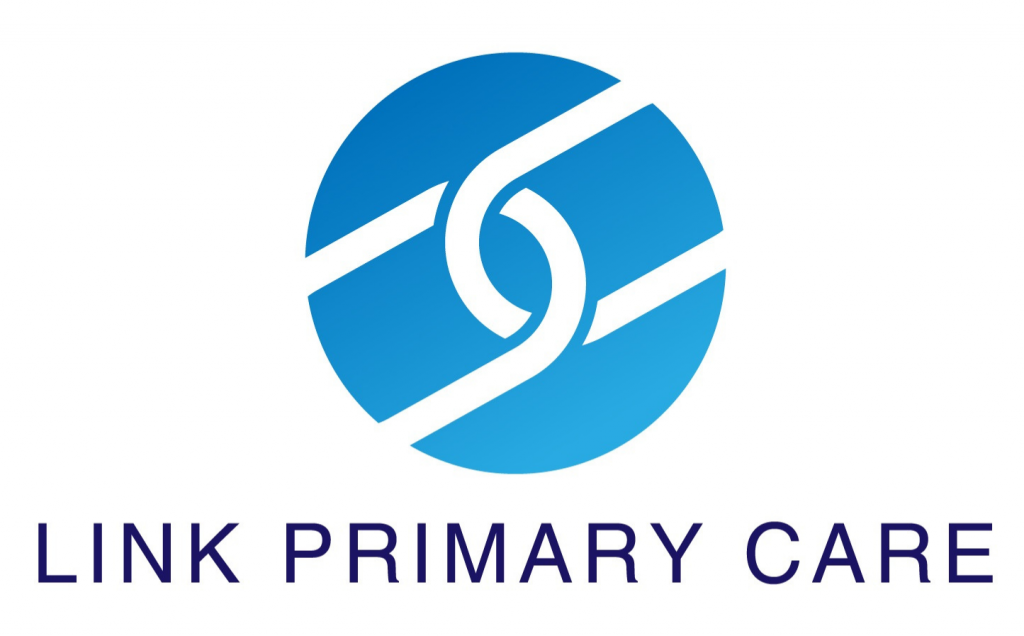As men age, their bodies go through various changes. Some are obvious—like graying hair or slowing metabolism—while others may be more subtle yet impactful, such as hormonal shifts. One of the most significant hormonal changes men may experience is a reduction in testosterone levels. If you’ve been feeling tired, experiencing decreased muscle mass, low libido, or other symptoms, you may be wondering if you have low testosterone. The good news is that this condition is manageable with the right medical care.
But how do you know if low testosterone is the issue, and where can you find trustworthy medical advice? In this comprehensive guide, we’ll walk you through what low testosterone is, the symptoms to watch for, how it’s diagnosed, and why working with a direct primary care (DPC) physician can give you the best care possible.
What is Low Testosterone?
Testosterone is a hormone produced primarily in the testicles, and it plays a vital role in a man’s health and well-being. It helps maintain:
- Muscle mass
- Bone density
- Red blood cell production
- Sexual drive and performance
- Mood regulation
- Cognitive function
While testosterone levels naturally decline with age—typically after the age of 30—low levels can lead to noticeable symptoms and affect your quality of life.
Low testosterone, also known as low T, occurs when your body doesn’t produce enough of this critical hormone. Low testosterone is defined as having a total testosterone level below 300 nanograms per deciliter (ng/dL).
For more detailed information about low testosterone, here’s a link to the American Urological Association website:
https://www.auanet.org/about-us/media-center/press-center/top-3-myths-vs-facts-when-it-comes-to-low-testosterone
Symptoms of Low Testosterone
The symptoms of low testosterone are often varied and can affect multiple aspects of your life. Some common symptoms include:
- Low Energy and Fatigue: If you find yourself feeling constantly tired or experiencing a lack of motivation, low testosterone could be a contributing factor.
- Decreased Libido and Sexual Dysfunction: Men with low T often experience a decreased sex drive, difficulty achieving or maintaining erections, and other forms of sexual dysfunction.
- Mood Changes: Testosterone plays a role in regulating mood. Men with low testosterone often report feeling more irritable, depressed, or anxious.
- Reduced Muscle Mass and Strength: Testosterone is key to building and maintaining muscle. If you’ve noticed a drop in muscle mass despite regular workouts, low testosterone could be to blame.
- Weight Gain: Men with low testosterone often find it harder to lose weight or may gain weight, especially around the midsection.
- Hair Loss: While male-pattern baldness is often genetic, low testosterone can contribute to hair loss as well.
- Difficulty Concentrating or Memory Problems: Cognitive functions such as focus and memory can also be impacted by low testosterone levels.
Why Men Don’t Seek Help for Low Testosterone
Despite the clear symptoms and the growing awareness of low testosterone as a medical issue, many men hesitate to seek help. There are a few common reasons for this:
- Embarrassment: Talking about sexual health or feelings of weakness can be uncomfortable for some men, leading them to avoid the subject altogether.
- Assuming It’s Part of Aging: Many men believe that fatigue, weight gain, or low libido are just natural parts of getting older. While testosterone levels do decline with age, low testosterone is a medical condition that deserves attention.
- Misinformation About Treatments: Some men are wary of testosterone replacement therapy (TRT) due to misinformation or fear of side effects.
- Time Constraints: Between work and family responsibilities, many men simply don’t prioritize their health and are reluctant to go through the process of seeing a specialist.
Getting a Proper Diagnosis
If you suspect you may have low testosterone, the first step is getting a proper diagnosis. A simple blood test can measure your testosterone levels and help determine whether your symptoms are related to low T or another underlying issue.
When you visit a direct primary care physician, the process starts with a thorough discussion of your symptoms, medical history, and lifestyle. Your doctor will order blood tests to measure your testosterone levels.
If your test results show that your testosterone levels are below the normal range, your doctor will discuss treatment options with you, including the benefits and risks of each.
Testosterone Replacement Therapy (TRT) Options
If you’re diagnosed with low testosterone, your doctor may recommend testosterone replacement therapy (TRT). TRT can help restore your hormone levels to the normal range, relieving symptoms and improving your quality of life.
There are several forms of TRT available, including:
- Injections: Testosterone injections are usually administered in the muscle every 1 to 2 weeks. These can be done at home or in the doctor’s office.
- Gels: Testosterone gels are applied daily to the skin. The hormone is absorbed through the skin and into the bloodstream.
- Patches: Like gels, testosterone patches are worn on the skin and deliver a steady dose of the hormone throughout the day.
- Pellets: Testosterone pellets are small implants that are inserted under the skin. They slowly release testosterone over 3-6 months.
Your physician will work with you to determine the best option based on your symptoms, lifestyle, and preferences. Regular follow-ups will be necessary to monitor your testosterone levels and ensure that your treatment is effective.
Are There Risks Associated with TRT?
As with any medical treatment, there are potential risks and side effects associated with TRT. Some men may experience:
- Acne or oily skin
- Increased red blood cell count
- Enlarged breasts
- Decreased sperm production
- Increased risk of blood clots
However, with proper medical supervision, many of these risks can be managed or minimized. That’s why it’s important to work closely with a trusted physician who will monitor your treatment and adjust it as needed.
Lifestyle Changes That Can Boost Testosterone Naturally
In addition to medical treatment, there are lifestyle changes you can make to help boost your testosterone levels naturally. These include:
- Regular Exercise: Strength training and high-intensity interval training (HIIT) have been shown to increase testosterone levels. Aim for at least 30 minutes of exercise most days of the week.
- Healthy Diet: Eating a balanced diet rich in lean protein, healthy fats, and whole grains can help support hormone production. Avoid excessive sugar and processed foods.
- Adequate Sleep: Testosterone levels naturally rise during sleep, so getting enough rest is essential. Aim for 7-8 hours of quality sleep per night.
- Stress Management: Chronic stress can lead to elevated levels of cortisol, a hormone that suppresses testosterone production. Practice stress-reducing techniques such as meditation, deep breathing, or yoga.
- Limit Alcohol Consumption: Excessive alcohol intake can lower testosterone levels. Moderation is key.
The Importance of Monitoring and Follow-Up
Once you’ve started treatment, ongoing monitoring is essential to ensure that your testosterone levels remain in the optimal range. Your doctor will schedule regular blood tests to check your hormone levels and adjust your treatment plan if necessary. Additionally, it’s important to monitor for any side effects or changes in symptoms.
Because direct primary care offers personalized service, your physician will have the time and attention to provide comprehensive follow-up care. This ensures that you’re not just getting a quick fix but a long-term solution that keeps you feeling your best.
Why You Should See a Link Primary Care Doctor
Choosing the right doctor for your health concerns is crucial. Direct primary care (DPC) offers several advantages that make it ideal for men seeking care for low testosterone.
- Easy and Fast Access: One of the hallmarks of DPC is its accessibility. Patients have direct access to their doctors via text, phone, or email, making it easier to get answers to your questions and schedule appointments promptly.
- Longer Appointment Times: Unlike traditional practices where doctors may only spend 10-15 minutes with each patient, DPC doctors schedule long appointments. This gives you the time to discuss your symptoms, ask questions, and fully understand your treatment options.
- A Personal Relationship with Your Doctor: Trust is essential in healthcare. Link Primary Care physicians have the time to build close, ongoing relationships with their patients, leading to better communication and more personalized care.
- Affordable and Transparent Pricing: Direct primary care operates on a membership model, with a flat monthly fee covering most primary care services. This means no surprise bills or co-pays. For men managing a chronic condition like low testosterone, this can provide peace of mind knowing that your costs are predictable.
Get Help for Low Testosterone Today
If you suspect that low testosterone might be affecting your quality of life, don’t wait any longer to get the help you deserve. At Link Primary Care, we specialize in providing compassionate, personalized care for men’s health issues, including low testosterone.
Our team of experienced doctors is here to offer fast, easy access to quality medical care. With our affordable membership model, you’ll never have to worry about surprise bills or long wait times. Instead, you’ll have direct access to a trusted physician who will take the time to understand your unique health needs.
Schedule a one-on-one consultation with Dr. Jeffrey Davis using the following link, and take the first step toward reclaiming your energy, strength, and vitality.
https://calendly.com/jeffreydavis-linkprimarycare/link-primary-care-meeting
Get more information on our website at linkprimarycare.com


